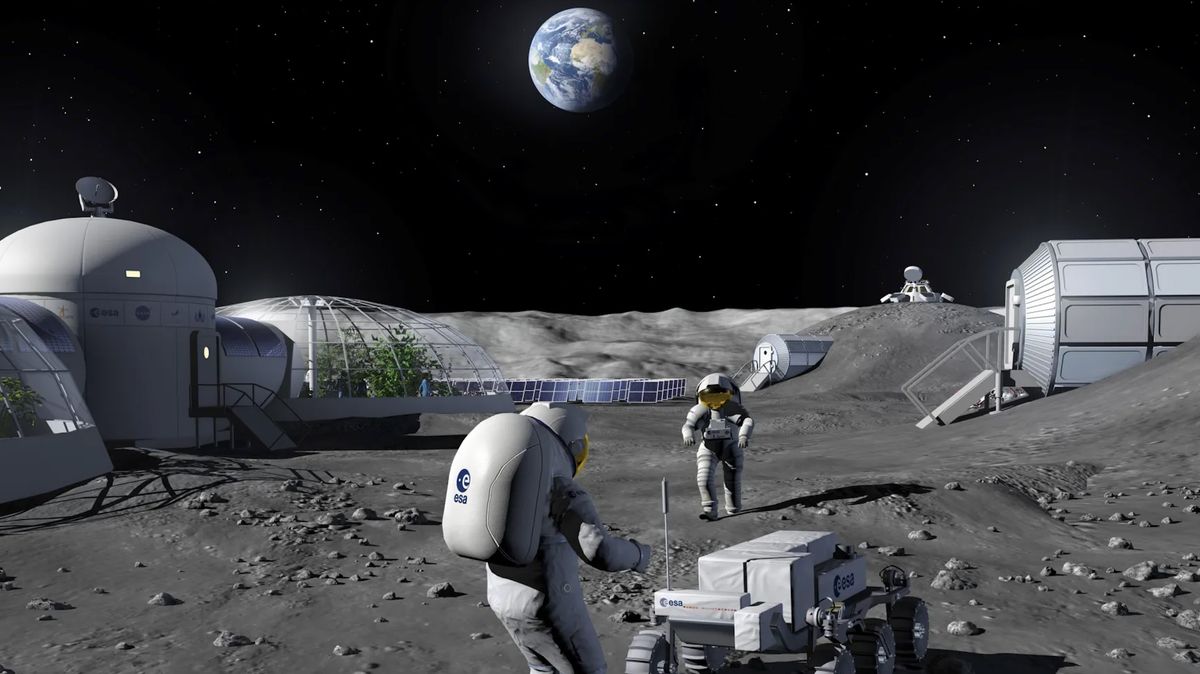Now Reading: Is a Thriving Lunar Economy the Next Frontier?
-
01
Is a Thriving Lunar Economy the Next Frontier?
Is a Thriving Lunar Economy the Next Frontier?

Fast Summary
- The concept of a “cislunar economy”-focusing on the space between Earth and the moon-is gaining traction among space exploration experts.
- The Space foundation’s 40th Space Symposium discussed ways to develop lasting lunar infrastructure for commercial ventures.
- Key prerequisites for a viable cislunar economy include sufficient power (“hundreds of kilowatts”), mobility for reaching water ice resources, and adaptable thermal technology to handle extreme lunar temperatures.
- lockheed Martin envisions meaningful lunar growth by 2044 with research facilities and ecosystems near the Moon’s south pole, rich in water ice reserves.
- experts acknowledge current dependencies on government financing (e.g., NASA’s Artemis programme) as hurdles to scaling private initiatives into profitable commercial endeavors.
- DARPA is investigating requirements like interoperable infrastructure, megawatt-level power generation systems, and site-specific resource reserves critical for economic scalability.
Indian Opinion Analysis
The growing emphasis on establishing a cislunar economy represents an exciting potential shift in global space exploration efforts.For India, which recently demonstrated significant capability with the Chandrayaan missions targeting water reserves at the Moon’s south pole, this trend opens doors for deeper international collaborations and investment opportunities. With its cost-effective innovations in aerospace technology, India could become an attractive partner or contributor to shared infrastructure projects such as energy systems or lunar mining.
Moreover, successfully building such economies could incentivize participation from emerging players like ISRO or Indian startups entering the private space sector. However, since moast discussions currently rely heavily on government funding models-as highlighted in NASA’s Artemis-dependent initiatives-India may need strategic alignment between national priorities and public-private partnerships to ensure competitiveness alongside established players like Lockheed Martin. Long-term engagement with cislunar economic frameworks might further strengthen India’s role within evolving geopolitics around outer-space commercialization.



























